Market Trends
Key Emerging Trends in the Digital Oscilloscope Market
The digital oscilloscope market has been undergoing significant changes and developments in recent times, driven by several key market trends. One notable trend is the increasing demand for high-speed and high-resolution oscilloscopes across various industries. As technology advances and the need for more precise measurements grows, there's a rising preference for digital oscilloscopes that offer superior performance in terms of bandwidth, sample rate, and resolution. This trend is particularly evident in sectors such as telecommunications, automotive, aerospace, and electronics manufacturing, where complex signals and fast data acquisition are essential for product development and quality assurance.
Additionally, the growing adoption of IoT (Internet of Things) and connected devices is fueling the demand for digital oscilloscopes with advanced data analysis and networking capabilities. With the proliferation of smart sensors and IoT-enabled devices, engineers and researchers require oscilloscopes that can not only capture signals accurately but also analyze and interpret data in real-time. As a result, manufacturers are integrating features such as advanced triggering, protocol analysis, and built-in networking capabilities into their digital oscilloscope offerings to meet the evolving needs of the IoT ecosystem.
Furthermore, the trend towards miniaturization and portability is influencing the design and development of digital oscilloscopes. With the increasing emphasis on mobility and field testing, there's a growing demand for compact, lightweight oscilloscopes that can be easily carried to different locations. Portable digital oscilloscopes equipped with battery power options and ruggedized designs are becoming increasingly popular among field engineers, technicians, and researchers who need to perform on-site measurements or troubleshoot equipment in remote locations.
Moreover, the integration of advanced software tools and graphical user interfaces (GUIs) is shaping the evolution of the digital oscilloscope market. Manufacturers are focusing on enhancing user experience and productivity by offering intuitive software interfaces, customizable analysis tools, and automated measurement functions. These software enhancements not only simplify the operation of digital oscilloscopes but also enable users to perform complex measurements and analysis tasks more efficiently, thereby accelerating the pace of product development and innovation.
Another significant trend in the digital oscilloscope market is the increasing adoption of modular and software-defined instrumentation solutions. With the shift towards software-defined architectures, there's a growing demand for modular oscilloscope platforms that allow users to customize and upgrade their instruments according to specific application requirements. Modular oscilloscope systems offer scalability, flexibility, and cost-effectiveness, enabling users to adapt their test and measurement setups to changing needs and evolving technology standards.
Furthermore, the emergence of new technologies such as 5G, automotive electrification, and quantum computing is driving innovation and investment in the digital oscilloscope market. As these technologies continue to evolve and mature, there's a growing need for oscilloscopes that can accurately capture and analyze signals at higher frequencies, voltages, and data rates. Manufacturers are investing in R&D to develop next-generation oscilloscope solutions capable of meeting the demanding performance requirements of emerging technologies and applications.
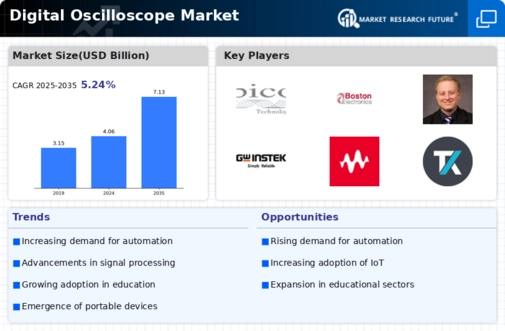
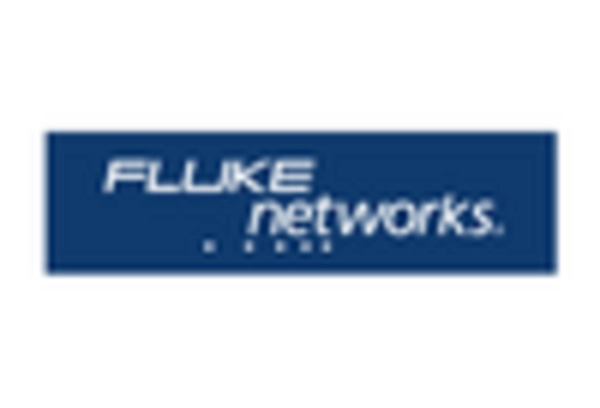

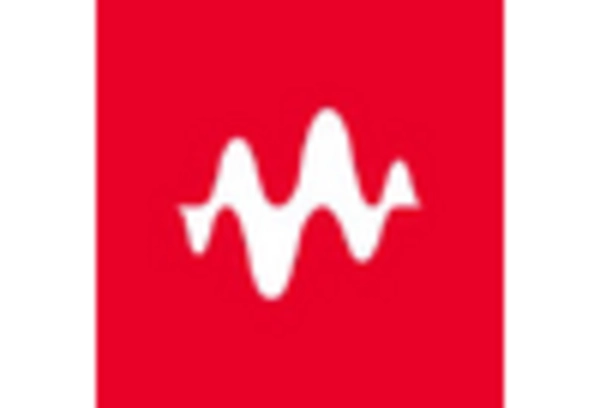
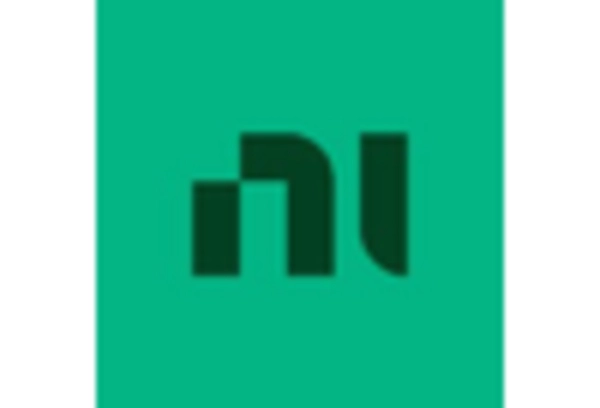
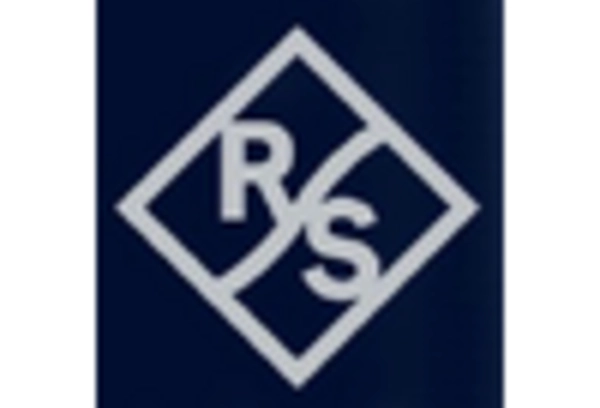
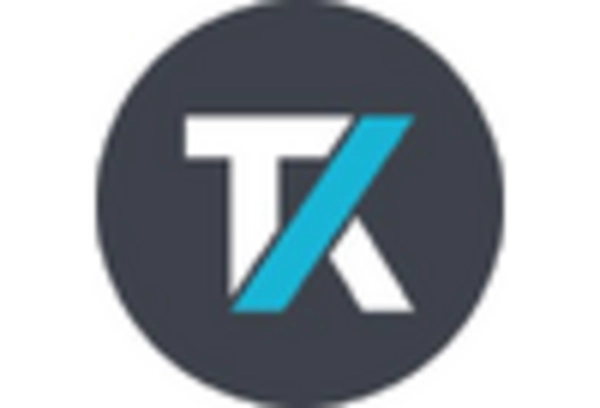









Leave a Comment